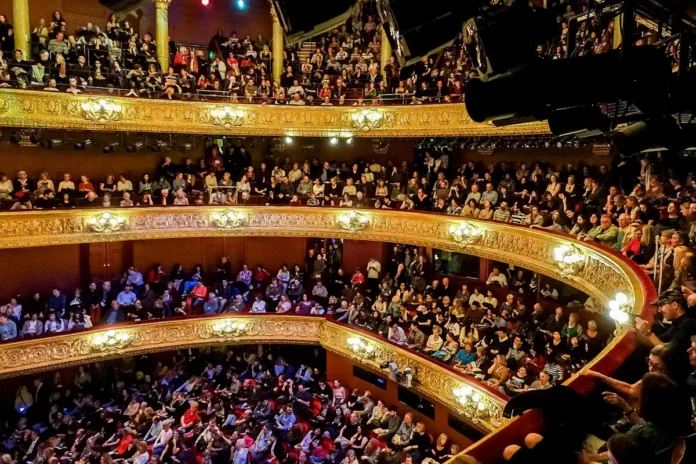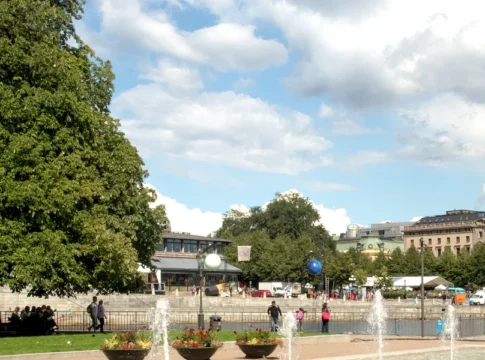Royal Swedish Opera: Stockholm’s crown jewel of music
Step into Sweden’s cultural heart at the Royal Swedish Opera, founded by King Gustav III in 1773. This iconic venue, where the monarch was tragically assassinated in 1792, blends history with grandeur in its 1898 neoclassical building.
This national treasure continues to captivate audiences with timeless operas and ballets while merging Sweden’s rich past with vibrant artistic innovation.
A legacy of music and majesty
The opera’s story begins with its original Gustavian Opera House, designed by architect Carl Fredrik Adelcrantz. Completed in 1782 and featuring a lavish foyer and a Corinthian portico, this neoclassical marvel was used for performances until its demolition in 1892.
The current building, designed by Axel Johan Anderberg, opened in 1897. It blends neo-Renaissance exteriors with neo-Baroque interiors, echoing the grandeur of Paris’s Opéra Garnier. Furthermore, the ceiling paintings by Carl Larsson and the marble staircase in its golden foyer (Guldfoajén) create a memorable setting for your stay.
A tragic night: The assassination of Gustav III
On March 16, 1792, King Gustav III was assassinated at a masked ball in the Royal Opera House. Jacob Johan Anckarström shot him in the back, and the king died 13 days later. Consequently, this tragic event inspired operas like Verdi’s Un ballo in maschera and remains a pivotal moment in Swedish history.
Architectural highlights
- Grand Auditorium: This intimate yet regal venue can accommodate 1,200 people in a three-tiered arrangement.
- Royal Box: Dedicated to the Swedish royal family, this space represents the opera’s ongoing royal support and looks out over the orchestra pit.
- Design details: The building’s color palette and motifs create a unified architectural narrative with neighboring landmarks such as the Royal Palace and the Riksdag building.
A hub for world-class performances
Kungliga Operan houses the Royal Swedish Ballet, one of the oldest ballet companies in the world, and the Royal Swedish Orchestra, established in 1526. The repertoire includes modern pieces as well as Verdi and Wagner classics. Its reputation as a significant cultural force has been cemented by the performances of legendary artists like Jussi Björling and Birgit Nilsson.
Visitor experience
- Guided tours: Explore backstage areas, the Royal Box, and costume departments. Guides share anecdotes about the opera’s history, from Gustav III’s vision to modern productions.
- Ticket tips: Purchase tickets online for performances or tours. Season schedules are released in advance, allowing visitors to plan ahead.
- Nearby attractions: The opera is located at Gustav Adolfs Torg, making it just steps from the Royal Palace, Kungsträdgården, and Strömparterren, which makes it a seamless addition to any itinerary.
Kungliga Operan is more than a performance venue—it’s a living testament to Stockholm’s cultural soul. In essence, visitors gain a deeper appreciation for Sweden’s artistic legacy, whether attending ballet or admiring the architecture.










 Royal Swedish Opera
Royal Swedish Opera Kungliga Operan
Kungliga Operan






